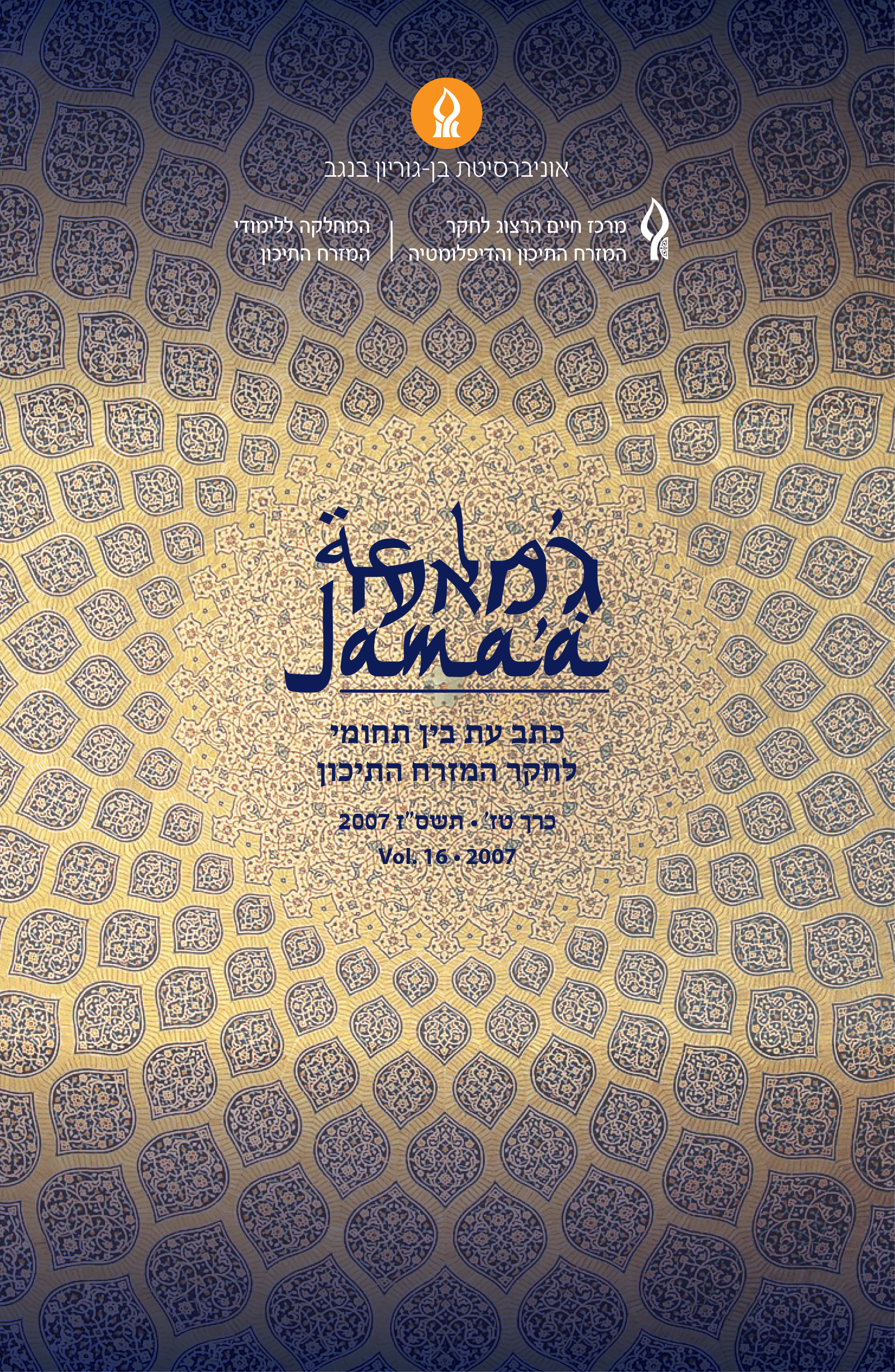هويات حداثية
صوفية ووهابية في شمال نيجيريا.
DOI:
https://doi.org/10.64166/2e84dp74الملخص
في سبعينيات القرن العشرين وما بعدها ظهرت في شمال نيجيريا صراعات بين تياراتفكرية ومنظميه ترعرعت بتأثير الوهابية, وبين الطرق الصوفية. لقد كانت هذه الصراعاتحادة وعلنية وفي حالات أخرى كانت عنيفة, وأدت إلى تغيير واضح في هوية الإسلام في هذ االإقليم الذي يغلب علية الطابع الديني, فكثير من سكانه كانوا أتباعا للطرق الصوفية للقادريةوللتجانية يصف هذا المقال تطور العلاقة بين التيارات في الفترة ما بعد الكولونيالية ثم يقومبتحليل العوامل الخارجية والداخلية فيما يتعلق بنيجريا. تلك العوامل أدت إلى تطور الصراعاتبينهم منذ السبعينات وما بعدها. مع هذا, فان المقال يزعم أن البحث يميل أحيانا ليكون أكثرانشطاريا للتيارات في الإسلامي فانه, يتجه لينسب الصفة الراديكالية والسياسية لأولئك الحاملينلوجهة النظر الوهابية, في مقابل ذلك نسب صفة الاعتدال , وفي حالات معينة حتى الانهزام,للمنادين بوجهات نظر صوفية. يظهر لنا أن تحليل العلاقة بين التيارات الفكرية المختلفة فيالإسلام شمال- نيجيريا كعلاقات دينامكية متغيرة باستمرارية. وليس علاقات تتسم أساسا بتصادم بين هويات منفصلة, تتيح إجراء نقاش أكثر مرونة بهذه العلاقات, التي تتسم في العقدالأخير أيضا بمحاولات للتقرب وخلق الحوار.
المراجع
التنزيلات
منشور
إصدار
القسم
الرخصة
الحقوق الفكرية (c) 2007 جماعة

هذا العمل مرخص بموجب Creative Commons Attribution-NonCommercial 4.0 International License.





